An infant found floating in a river is adopted by fisher folk and christened ‘Jalal’. The arrival of the kid was thought to bring good luck as fishing prospered, but the craze breeds greed and contempt causing the kid to be cast away again on the river. Likewise he ends up under the care of two other men during various phases of his life, the details of which the movie seeks to delve into.
|
Language:
|
Bengali
|
|
Running Time:
|
121 min
|
|
Rating:
|
–
|
|
Release date:
|
4 September 2015
|
|
Directed by:
|
Abu Shahed Emon
|
|
Produced by:
|
Ebne Hasan Khan
Faridur Reza Sagar
|
|
Written by:
|
Abu Shahed Emon
|
|
Starring:
|
Arafat Rahman
Mosharraf Karim
Mousumi Hamid
Mohammad Emon
|
|
Music by:
|
Chirkutt Band
|
|
Shot by:
|
Barkat Hossain Polash
|
|
Editing by:
|
Abu Shahed Emon
|
|
Distributed by:
|
–
|
What’s Hot
What’s Not
Badges
Screened at

The Chennai International Film Festival (CIFF) 2015
The Chennai International Film Festival (CIFF) 2015 scheduled from Jan 6 -13, 2016 is an annual film festival organised by a film society, the Indo Cine Appreciation Foundation (ICAF), with the support of the government of Tamil Nadu, the South Indian Film Chamber of Commerce and the Film Federation of India.Verdict


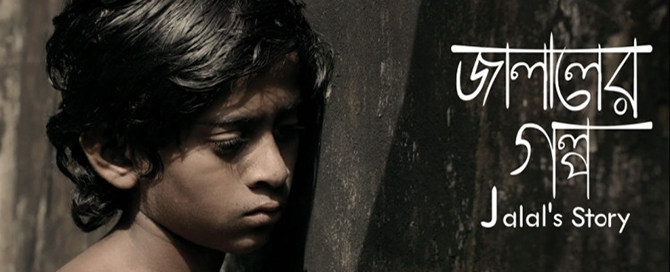
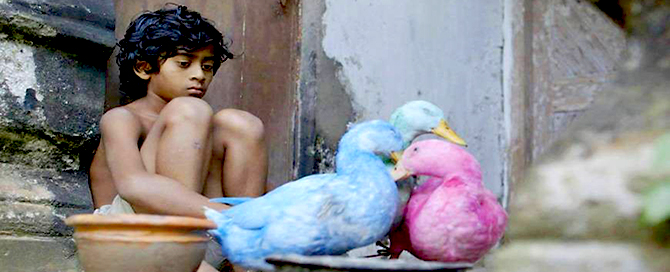
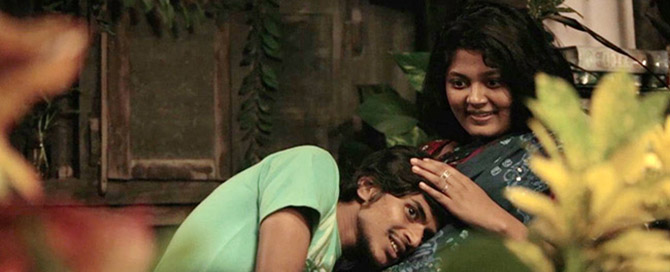





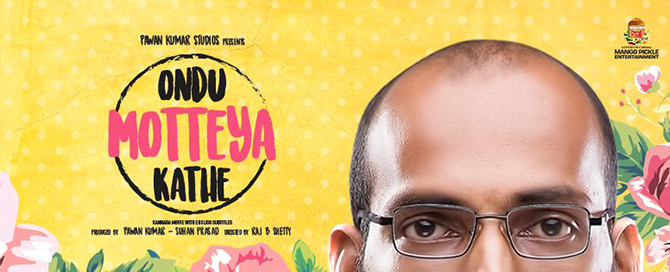
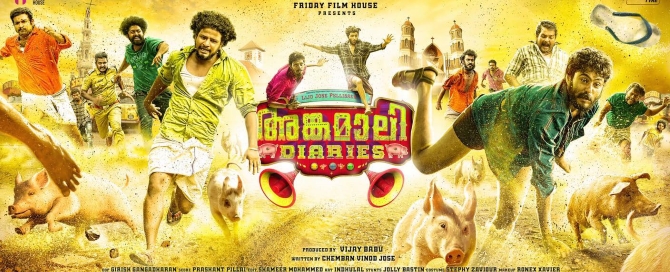

Leave A Comment